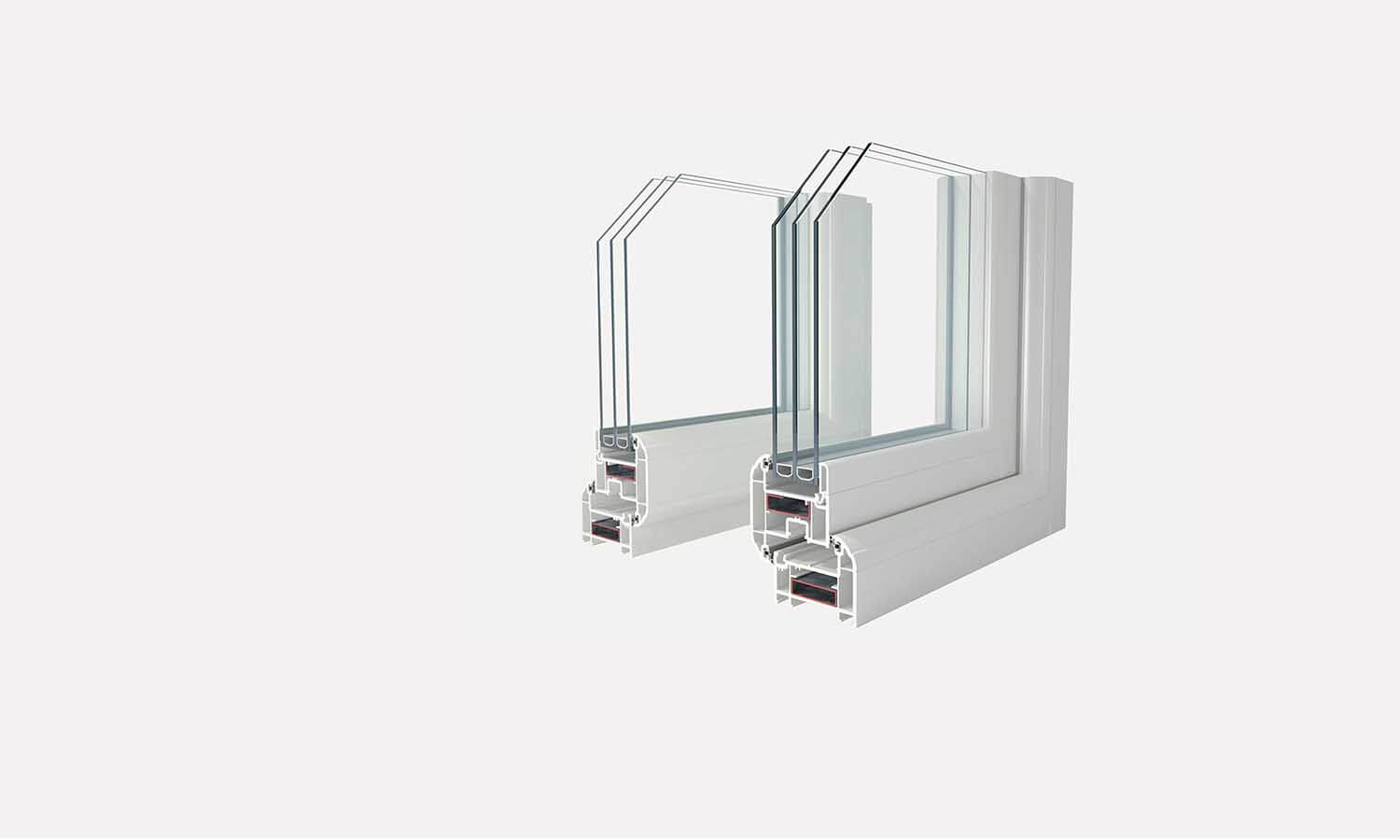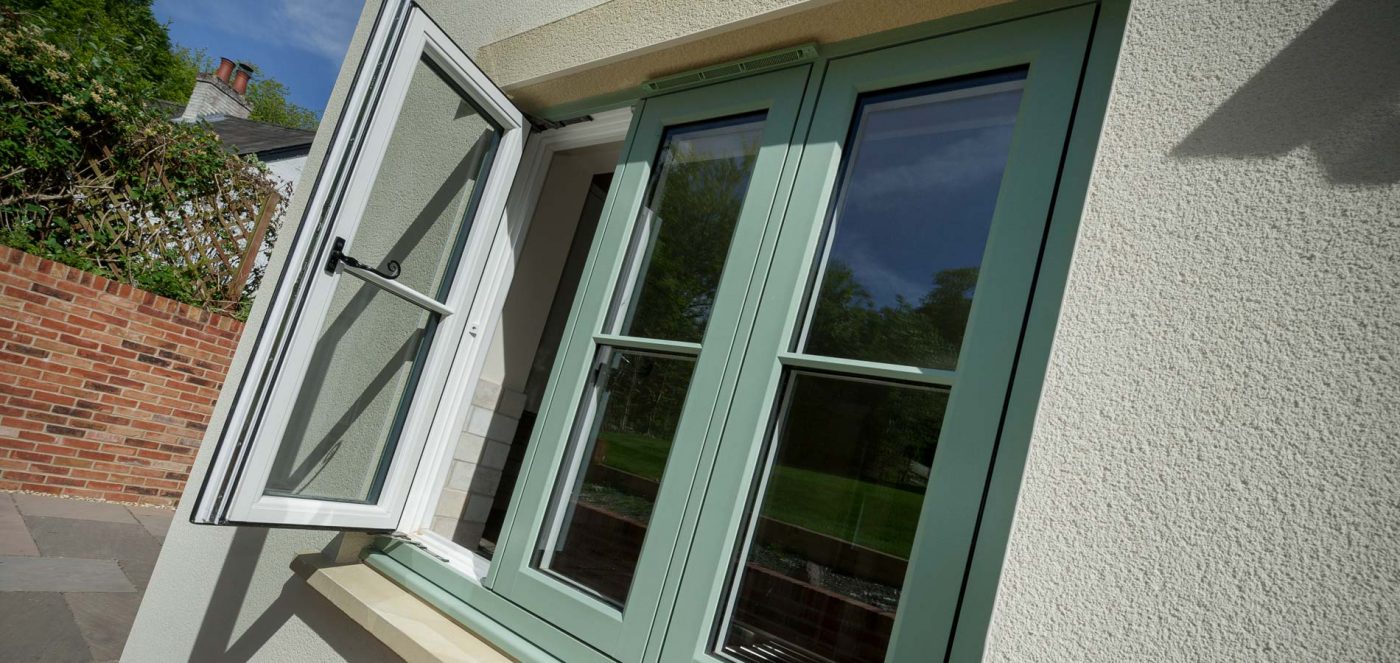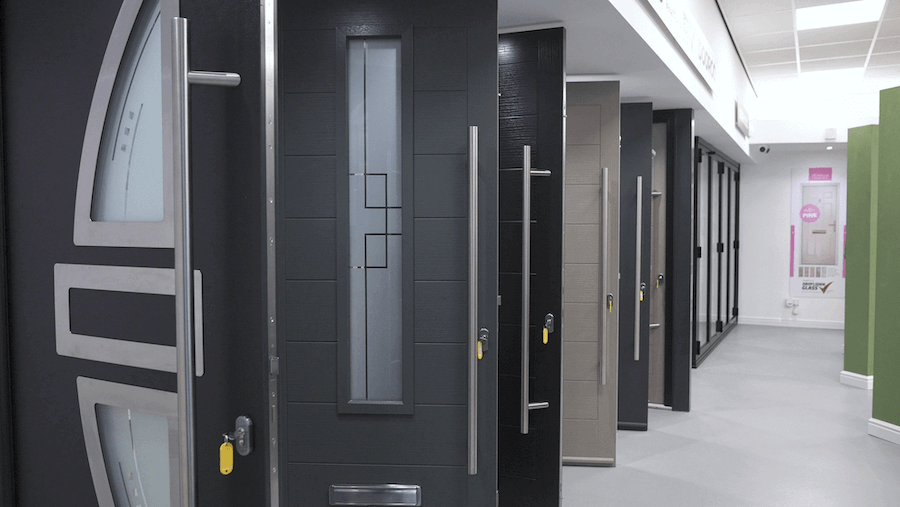How to Prevent the Winter Chill: Secondary Glazing vs Triple Glazing
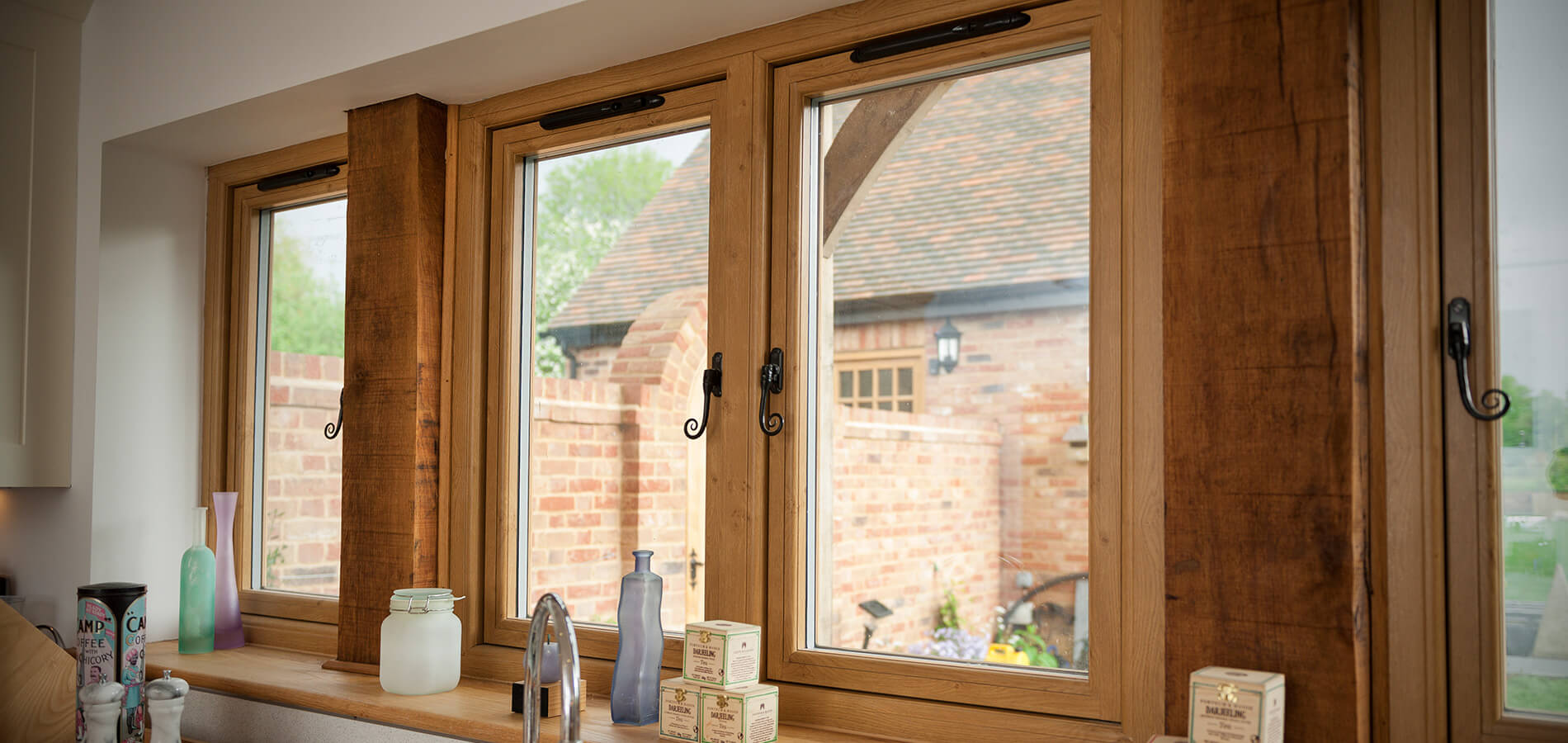
- 16 December 2024
- Glazing
As the temperature drops and winter sets in, many homeowners in the North West find themselves facing the perennial challenge of keeping their homes warm and energy efficient. When it comes to combating the winter chill, two popular options often come to mind: secondary glazing and triple glazing.
In this comprehensive guide, we’ll explore the key differences between secondary glazing vs triple glazing, helping you make an informed decision on which solution best suits your needs.
We’ll delve into the benefits, installation processes, and cost considerations of both options, providing you with the knowledge you need to enhance your home’s thermal efficiency and comfort. Whether you’re looking to reduce energy bills, improve sound insulation, or adhere to conservation area regulations, this article will guide you through the pros and cons of each glazing solution.
Understanding Secondary Glazing
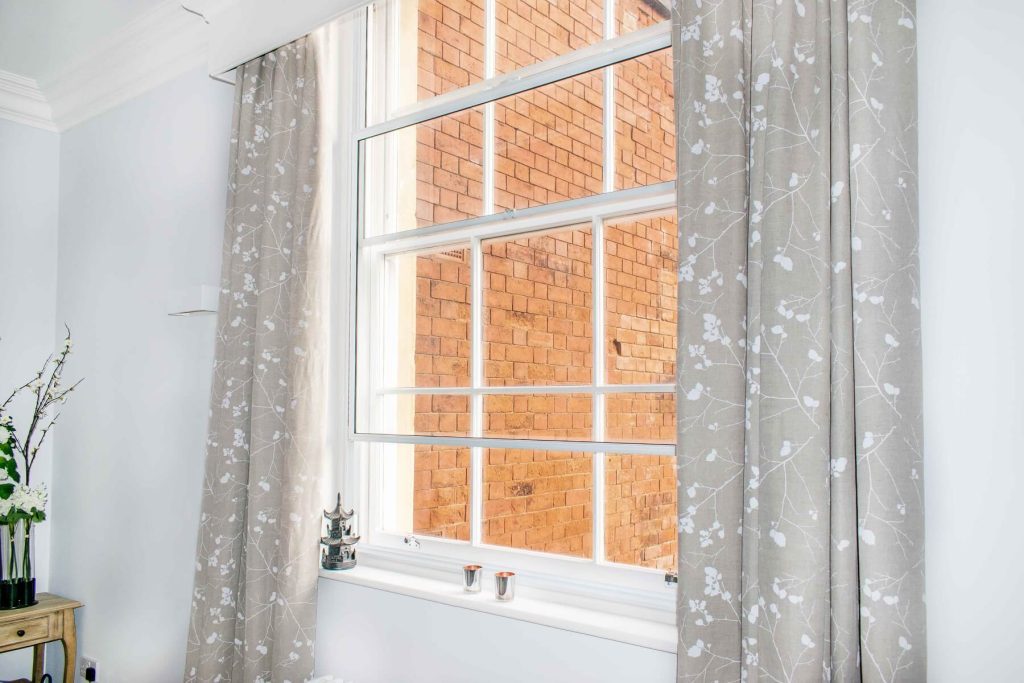
Secondary glazing is an increasingly popular choice for homeowners looking to improve their property’s insulation without replacing existing windows. But what exactly is it, and how does it work?
What is Secondary Glazing?
Secondary glazing involves adding an extra pane of glass to the interior of your existing windows. This additional layer creates an insulating air gap between the original window and the new pane, effectively boosting your home’s thermal and acoustic performance.
Benefits of Secondary Glazing
- Enhanced Thermal Insulation: The extra layer of glass and air gap help trap heat inside your home, reducing heat loss and improving overall energy efficiency.
- Significant Noise Reduction: Secondary glazing excels in sound insulation, making it an excellent choice for homes in noisy urban areas or near busy roads.
- Improved Security: The additional pane acts as an extra barrier, enhancing your home’s security against potential intruders.
- Conservation Area Friendly: As a removable alteration that doesn’t affect the external appearance, secondary glazing is often approved for use in conservation areas and listed buildings.
Installation Process
Secondary glazing can be fitted to a wide range of window styles and is relatively straightforward to install. The process typically involves:
- Measuring the existing window frame
- Manufacturing a bespoke secondary glazing unit
- Fitting the new unit to the interior of the existing window
This non-invasive process means minimal disruption to your home and can often be completed in a single day.
Exploring Triple Glazing
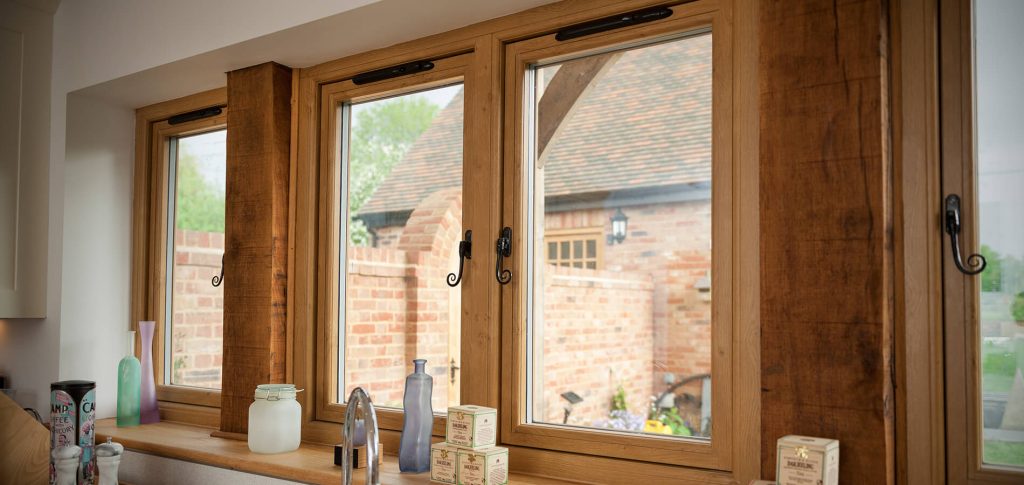
While secondary glazing adds an extra layer to existing windows, triple glazing takes window efficiency to the next level. Let’s explore this high-performance option in more detail.
What is Triple Glazing?
Triple glazing consists of three panes of glass separated by two argon-filled spaces. This design creates a highly effective barrier against heat loss and external noise, offering superior insulation properties compared to standard double glazing.
Advantages of Triple Glazing
- Exceptional Energy Efficiency: Triple glazed windows can achieve A+ energy ratings and incredibly low U-values, providing superior thermal insulation.
- Year-Round Comfort: The advanced insulation properties help maintain a consistent indoor temperature throughout the year, reducing cold spots and draughts.
- Impressive Noise Reduction: The three panes of glass offer excellent sound insulation, making triple glazing ideal for homes in noisy areas.
- Reduced Condensation: The improved insulation helps prevent condensation build-up on the inside of windows, reducing the risk of mould and damp issues.
- Enhanced Security: The additional pane of glass provides an extra barrier against break-ins, improving overall home security.
Installation Considerations
Installing triple glazing typically involves replacing your existing windows entirely. This process includes:
- Removing the old window frames
- Installing new, specially designed frames to accommodate the triple glazed units
- Fitting the triple glazed units
- Sealing and finishing the installation
While more invasive than secondary glazing, the result is a complete window upgrade that can significantly enhance your home’s energy performance.
Secondary Glazing vs Triple Glazing: A Comparison
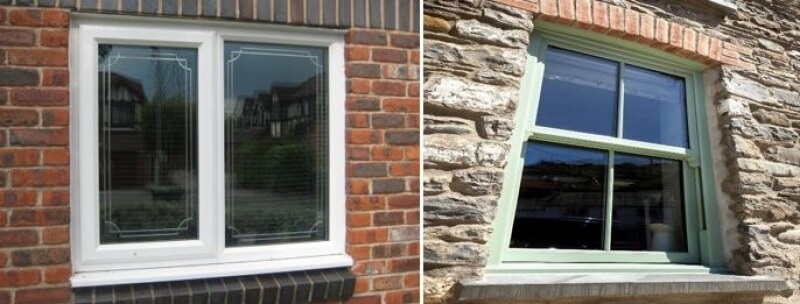
Now that we’ve explored both options in detail, let’s compare secondary glazing and triple glazing across several key factors to help you determine which solution might be best for your home.
Energy Efficiency
While both options improve energy efficiency, triple glazing generally offers superior thermal insulation. Its three panes of glass and argon-filled spaces create a more effective barrier against heat loss. However, secondary glazing can still provide significant improvements, especially when compared to single glazing or older double glazing units.
Noise Reduction
Both secondary glazing and triple glazing excel in noise reduction. Secondary glazing is particularly effective due to the larger air gap between panes, which can disrupt sound waves more effectively. However, triple glazing’s three panes also provide excellent sound insulation, especially for high-frequency noises.
Installation and Disruption
Secondary glazing installation is less disruptive and can often be completed without major alterations to your home. Triple glazing requires full window replacement, which can be more time-consuming and invasive but results in a complete window upgrade.
Aesthetic Impact
Secondary glazing preserves the external appearance of your original windows, making it ideal for period properties or homes in conservation areas. Triple glazing offers a modern, sleek look but may not be suitable for all property styles, particularly older homes with traditional aesthetics.
Maintenance Requirements
Secondary glazing units are typically easy to clean and maintain, as they can often be opened or removed for access. Triple glazing requires similar maintenance to standard double glazing, with the potential advantage of reduced condensation issues.
Conclusion: Making the Right Choice for Your Home
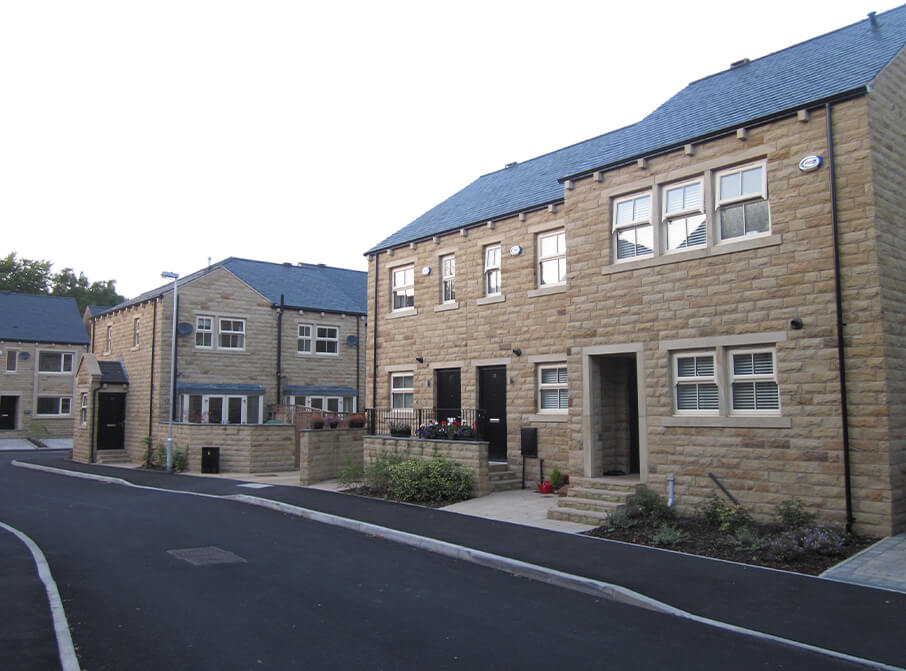
Both secondary glazing and triple glazing offer significant benefits in terms of energy efficiency, noise reduction, and home comfort. The choice between the two ultimately depends on your specific circumstances, including your property type, budget, and long-term goals.
Secondary glazing provides a cost-effective, non-invasive solution that’s particularly suited to older properties or those in conservation areas. It offers excellent noise reduction and can significantly improve your home’s thermal efficiency without altering its external appearance.
Triple glazing, while more expensive and invasive to install, offers superior energy efficiency and can provide the highest levels of thermal insulation. It’s an excellent choice for modern homes or those undergoing extensive renovation, potentially offering greater long-term energy savings and increased property value.
Whichever option you choose, ensuring professional installation is key to maximising the benefits of your new glazing. By carefully considering your needs and consulting with glazing experts, you can make an informed decision that will keep your home warm, quiet, and energy-efficient for years to come.
For more information about installing either secondary glazing or triple glazing contact Droylsden Glass today. You can call us on 0161 292 1122 or send us a message online and we’ll get back to you as quickly as possible.




